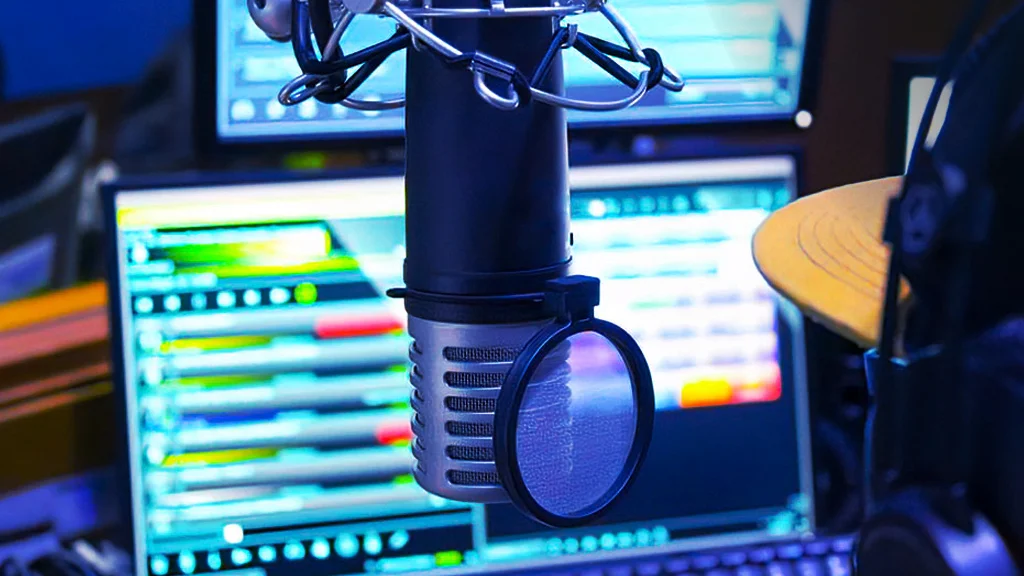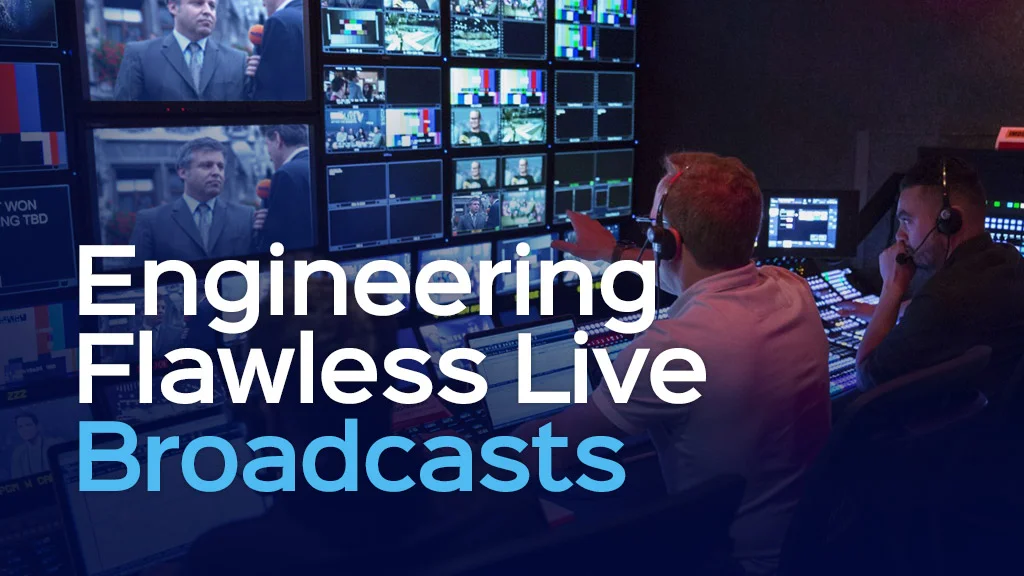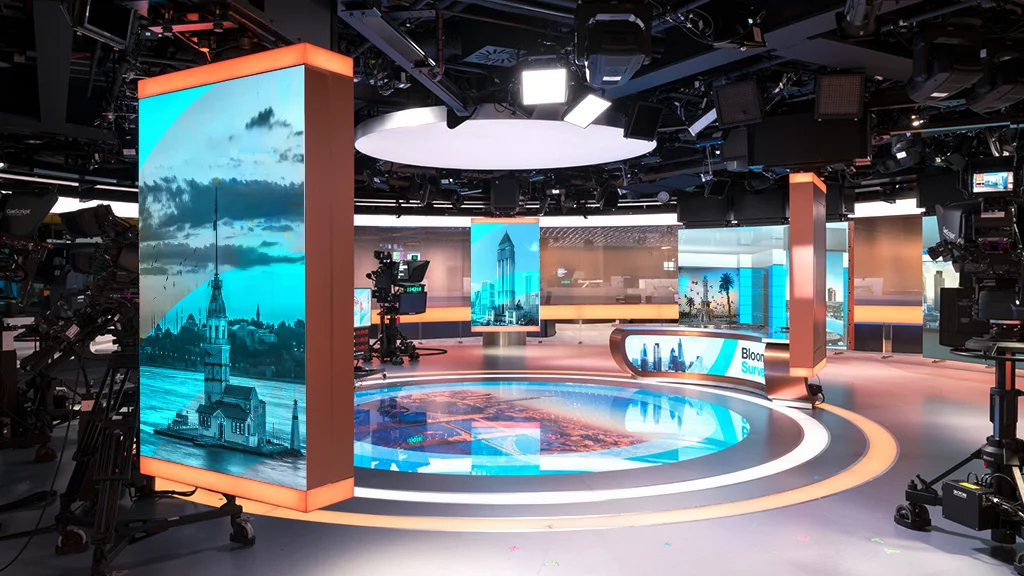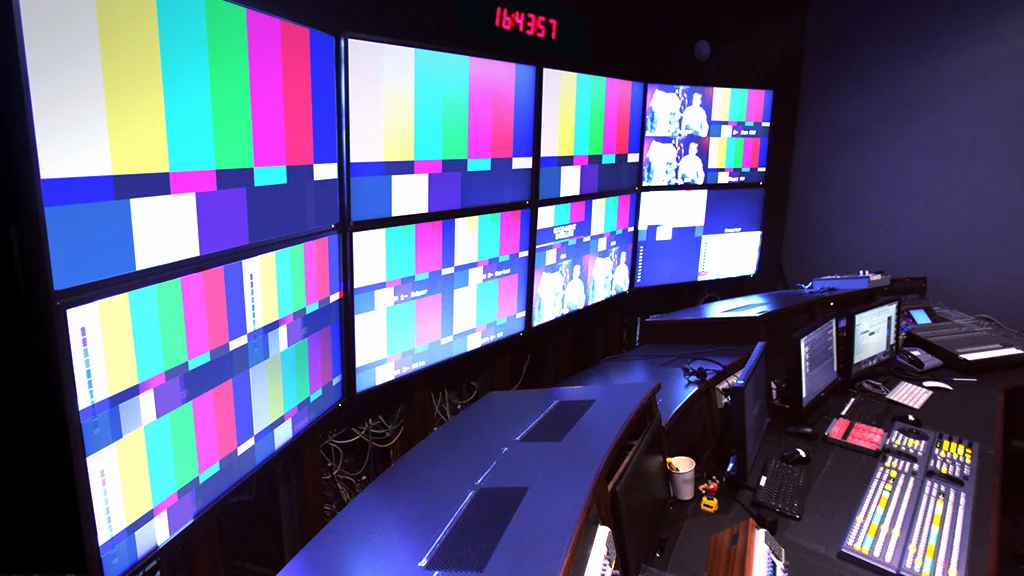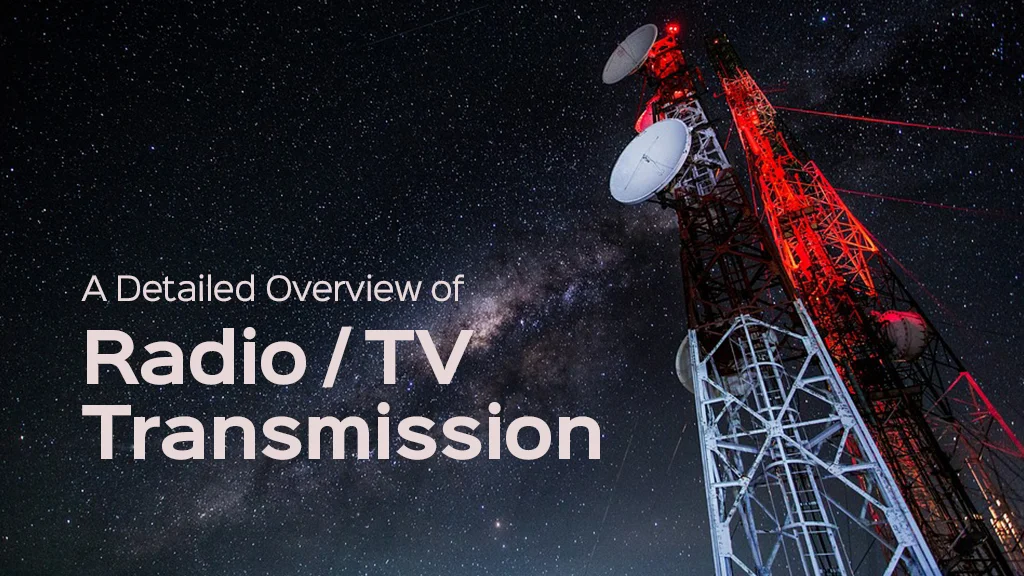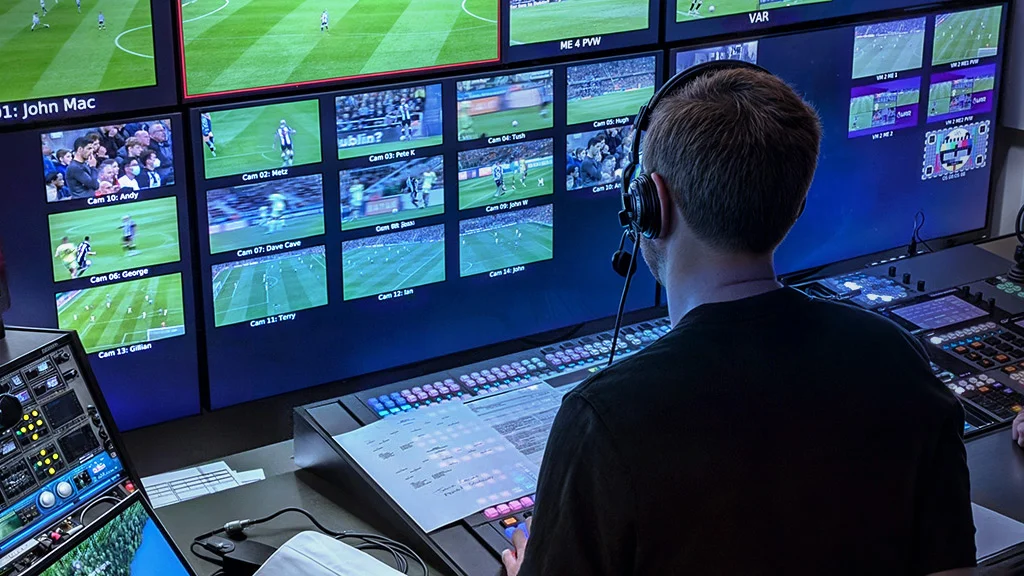
- Academy
Guide to Audio Processing in Broadcast flows
Audio processing is a critical aspect in the broadcast industry, and can significantly influence the quality and clarity of sound in radio and television casts. This article goes through the intricacies of audio processing in broadcasting environments, comparing analog and digital processing, highlighting key technologies, and discussing specific requirements across different broadcast applications, including radio, television, and outside broadcasting (OB).
Additionally, it features a segment on innovative solutions by Samim Group for enhancing broadcast audio processing, helping broadcasters adopt suitable solutions. By comprehensively understanding these components, broadcasters can enhance their audio quality and deliver superior content to their audiences.
What is audio processing in a broadcast flow?
Audio processing in broadcasting refers systematically manipulating audio signals to enhance sound quality, ensure intelligibility, and achieve stylistic intent. In a broadcasting context, audio processing encompasses several techniques:
Equalization (EQ)
This technique is used to adjust the frequency balance of an audio signal, allowing broadcasters to emphasize or de-emphasize certain frequencies. EQ is particularly crucial in creating a uniform sound across different platforms, allowing broadcasts to be more pleasing to the ear.
Compression
Dynamic range compression is used to control the volume levels of audio signals. It reduces the volume of loud sounds and amplifies quieter ones, resulting in a more uniform listening experience. This is especially important in broadcasting to avoid abrupt volume changes.
Limiting
A limiter is a form of compression that prevents audio signals from exceeding a certain threshold. This helps prevent distortion and damage to speakers while maintaining audio integrity.
Reverb and Delay
These effects can be used to add depth and ambiance to audio. While often used creatively, they must be applied carefully in broadcasting to avoid muddying the sound.
Noise Reduction
Techniques for eliminating unwanted background noise are essential in both studio environments and on-location broadcasting. Noise gates and filters can help isolate the desired audio signal, particularly in live settings where extraneous sounds may be present.
Monitoring and Metering
Real-time monitoring is critical to ensure audio integrity during broadcasts. Metering tools help engineers visualize audio levels and dynamics, allowing them to make instantaneous adjustments.
Signal Routing and Mixing
In a broadcast setting, multiple audio sources are often combined. Mixing allows producers to balance the levels and spatial placement of different audio tracks, ensuring a coherent output.
Mastering
The final stage of audio processing, involves preparing and transferring the mixed audio to a format suitable for broadcast, ensuring it meets technical standards and sound quality requirements
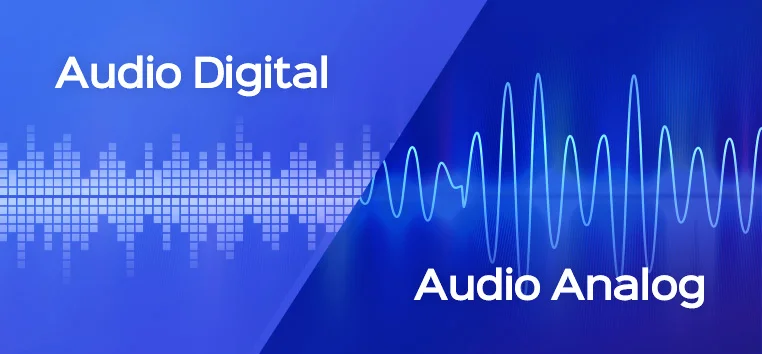
Analog vs. digital audio processing in TV and radio broadcast
The debate between analog and digital audio processing in broadcasting is profound, touching on both technical and artistic dimensions.
Analog Audio Processing
Analog systems employ physical equipment such as tape decks, analog mixers, and equalizers. They deliver a warm, often more resonant sound, desirable in specific genres of music or broadcasting styles. However, these systems tend to introduce noise and distortion and are less flexible for real-time adjustments. For radio stations that embrace a vintage sound, analog processing remains popular, serving as a nod to historical broadcasting methods.
Digital Audio Processing
Digital processing has revolutionized broadcast audio by offering precise control and versatility. Digital audio workstations (DAWs) enable broadcasters to manipulate sound with unparalleled accuracy. Effects can be applied in real-time, allowing for complex sound design that enhances storytelling in broadcasts. Moreover, digital systems facilitate integration with other digital technologies, creating seamless workflows.
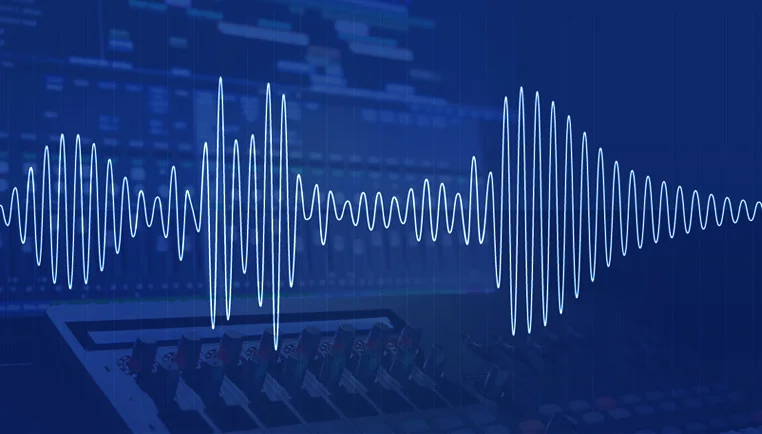
Key Technologies in Broadcast Audio Processing
Several key technologies underpin effective audio processing in broadcasting:
Digital Signal Processors (DSP)
These specialized microprocessors perform real-time audio processing in broadcasting environments. DSPs can handle multiple audio channels simultaneously, making them indispensable in multi-source setups.
Multiband Compressors
These tools allow different frequency ranges of audio to be compressed independently. This capability is particularly useful in music broadcasting where bass, mids, and highs need different handling to maintain overall balance.
Automatic Gain Control (AGC)
AGC technology automatically adjusts audio levels to ensure consistent volume throughout a broadcast. This capability is particularly crucial in live settings, where audio levels can fluctuate significantly due to various factors. By implementing an AGC system in their Live Broadcast Solution , broadcasters can maintain optimal sound quality, enhancing the overall viewer experience and ensuring that every broadcast element is heard clearly and evenly.
High-Quality A/D and D/A Converters
These converters are essential for translating analog audio signals into digital format and vice versa, ensuring minimal loss of audio fidelity during transmission.
Digital Mixing Consoles
Modern digital mixers offer sophisticated features like touch-screen interfaces and customizable effects processing. They can store scenes and configurations, facilitating quick adjustments during live broadcasts.
Audio Over IP (AoIP)
AoIP technology allows audio signals to be transmitted over IP networks, enabling more flexible routing and distribution. This advancement in audio processing in broadcasting is increasingly used in modern facilities for both radio and TV.
Streaming Protocols and Formats
Protocols such as Real-Time Messaging Protocol (RTMP) and formats like AAC (Advanced Audio Codec) are essential for delivering audio content over the internet, ensuring high quality and low latency for live broadcasts.
Remote Production Technology
With the rise of remote broadcasting, technologies like video conferencing tools and cloud-based production systems enable broadcasters to produce and manage audio content from different locations seamlessly.
Read also :
Audio Processing for Different Broadcast Applications
Radio
In radio broadcasting, effective Radio Audio Processing is essential for crafting a distinctive sound that captivates listeners. Techniques like loudness normalization ensure that all content meets industry standards. Stereo imaging techniques enhance the spatial quality of sound. Radio stations must adapt their audio processing strategies to accommodate various formats, from talk shows to music channels.
Television
Television broadcasts require synchronization of audio and video, making the processing of both essential. Surround sound formats like Dolby Digital, enhance viewer immersion, especially in live events and dramas. The integration of audio processing systems must account for speech intelligibility, ensuring that dialogue is clear even in noisy environments.
Outside Broadcasting (OB)
OB often operates in unpredictable conditions, making audio processing critically important. High-quality microphones are used in conjunction with field mixers equipped with advanced processing capabilities to deal with varying levels of ambient noise. These systems must be portable yet robust, allowing for effective signal processing while maintaining audio clarity in real time.
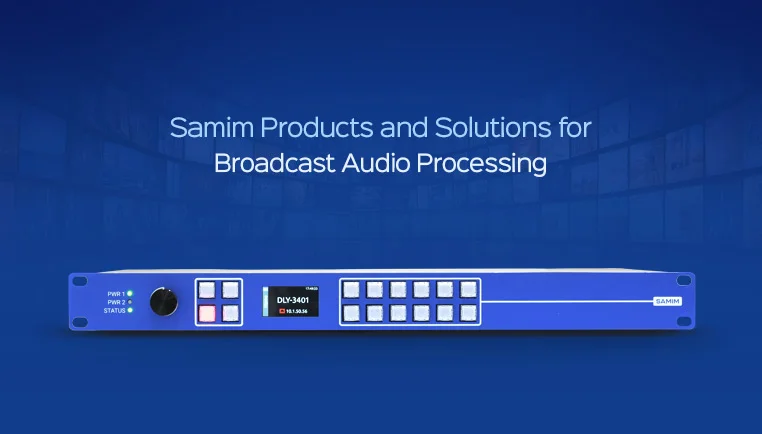
Samim Solutions for Broadcast Audio Processing
At Samim Group, we provide a range of innovative solutions designed to meet the unique demands of broadcast audio processing. these products combine the latest technology and user-friendly design, making them ideal for various broadcast applications.
Delay lines: these equipment are essential tools for managing audio synchronization in broadcasts, particularly where there are multiple audio and video sources. These devices help to align audio with video content, preventing lag and ensuring a smooth viewer experience. Effective management of broadcast video delay is critical for achieving this synchronization, enabling a seamless blend of audio and visual elements throughout a live transmission.
Audio over Fiber Converters: These devices convert audio signals into a fiber optic format. By utilizing fiber optics for audio transmission, broadcasters can achieve longer cable runs without loss of quality and immunity to electromagnetic interference. The audio to fiber converter is particularly beneficial in live broadcasting environments where signal integrity is critical.
Intercom systems: Intercom systems are built to support the dynamic needs of broadcasting professionals. With features that emphasize audio clarity, reliability, and user-friendly operation, Samim studio intercom system enhances the communication framework necessary for successful live production. By implementing these systems, broadcasting teams can ensure seamless coordination, ultimately leading to more efficient and effective productions.
Monitoring and Error Detection Tools: To ensure the highest audio quality, Samim’s monitoring tools provide real-time analysis of audio signals, detecting errors or inconsistencies that can compromise broadcast quality. This proactive approach helps engineers address issues before they affect the listening experience.
Customized Integrated Solutions: Recognizing that each broadcast environment is unique, Samim provides tailored solutions that combine their various products for seamless integration. This flexibility allows for specific configurations, optimizing performance based on the broadcaster’s demands.
Audio processing in broadcasting is an art and science that significantly impacts listener experience. Understanding the nuances of audio processing—from the technologies employed to the specific needs of different applications—enables broadcasters to effectively engage their audiences and deliver high-quality audio content. By adopting innovative solutions from Samim Group and investing in advanced audio processing tools and methods, broadcasting professionals can elevate their productions, ensuring optimal sound quality in an increasingly competitive landscape.
